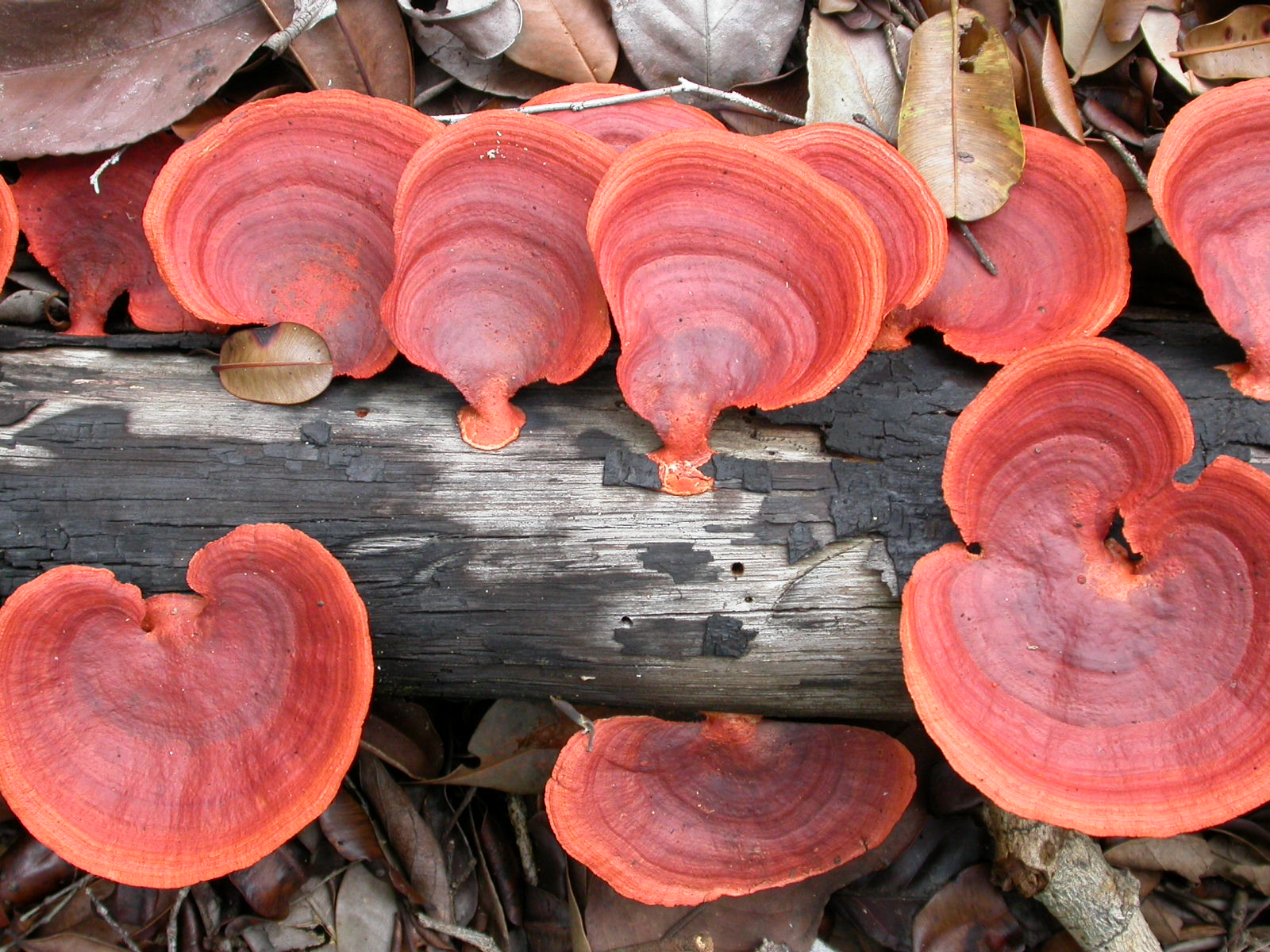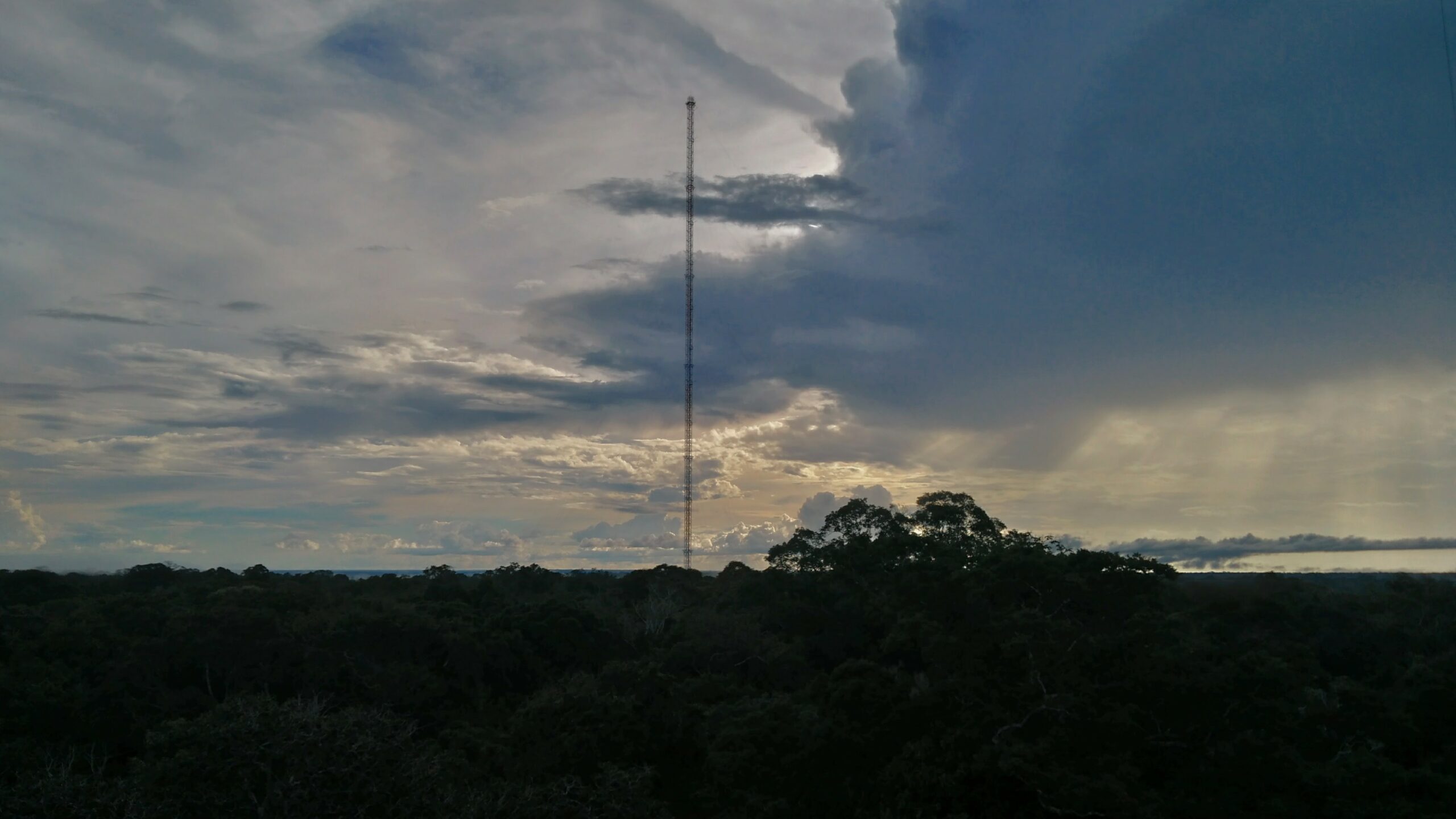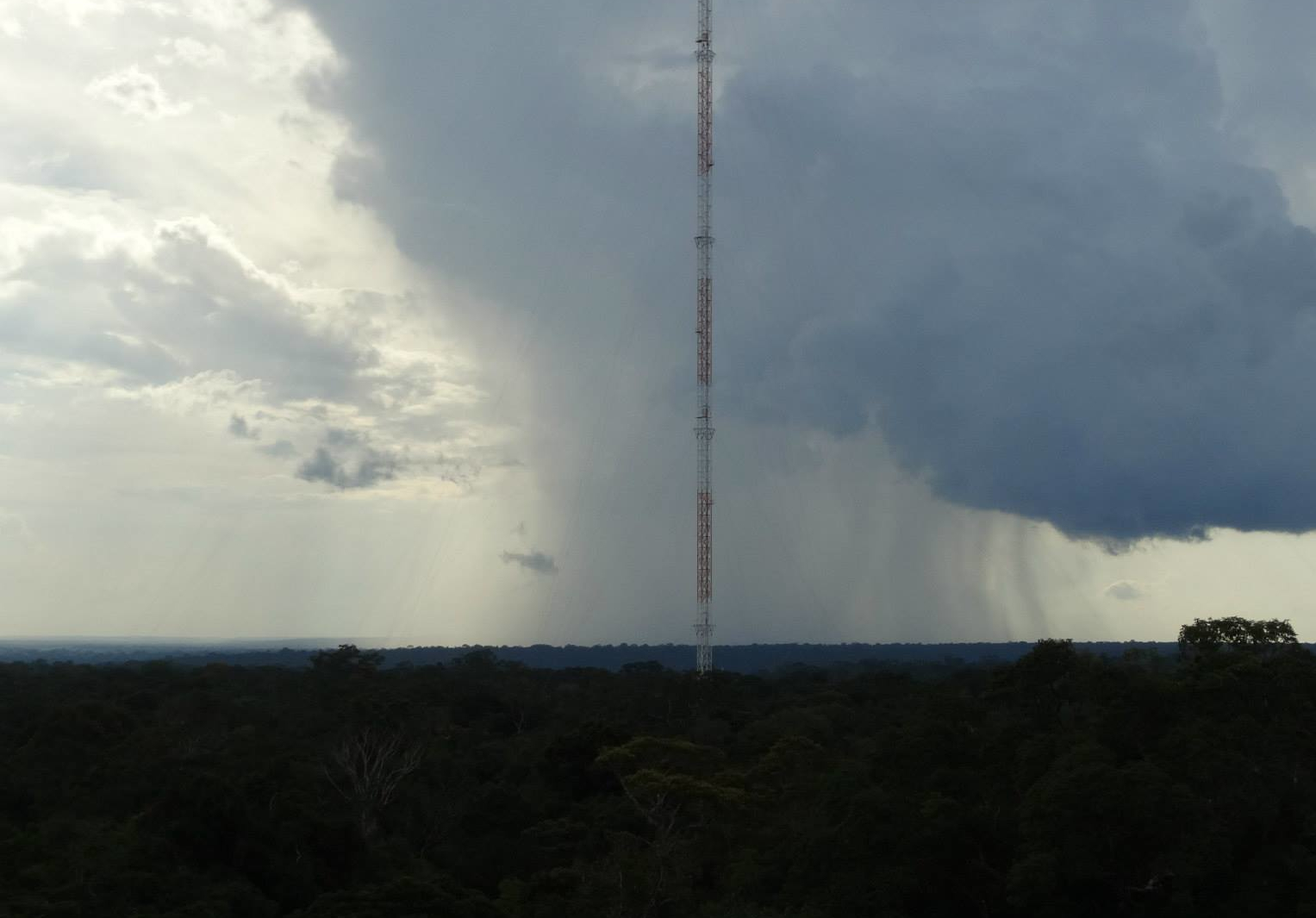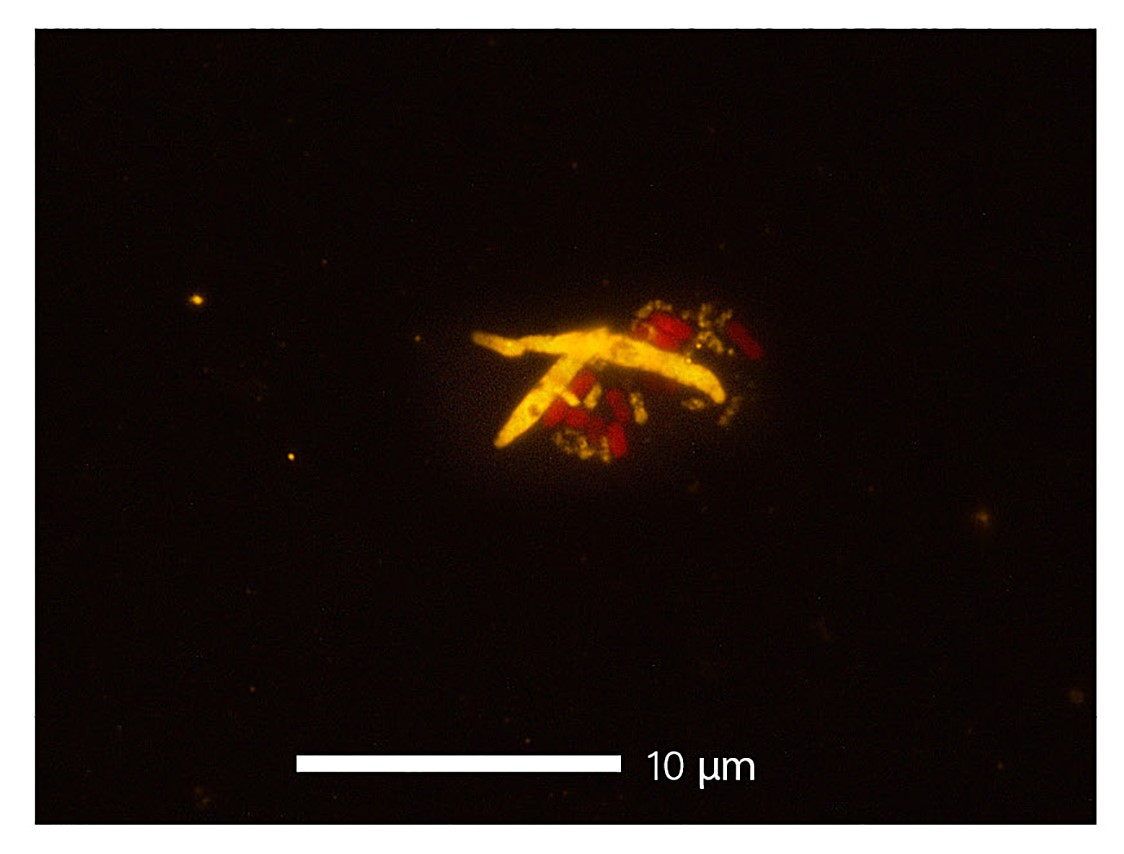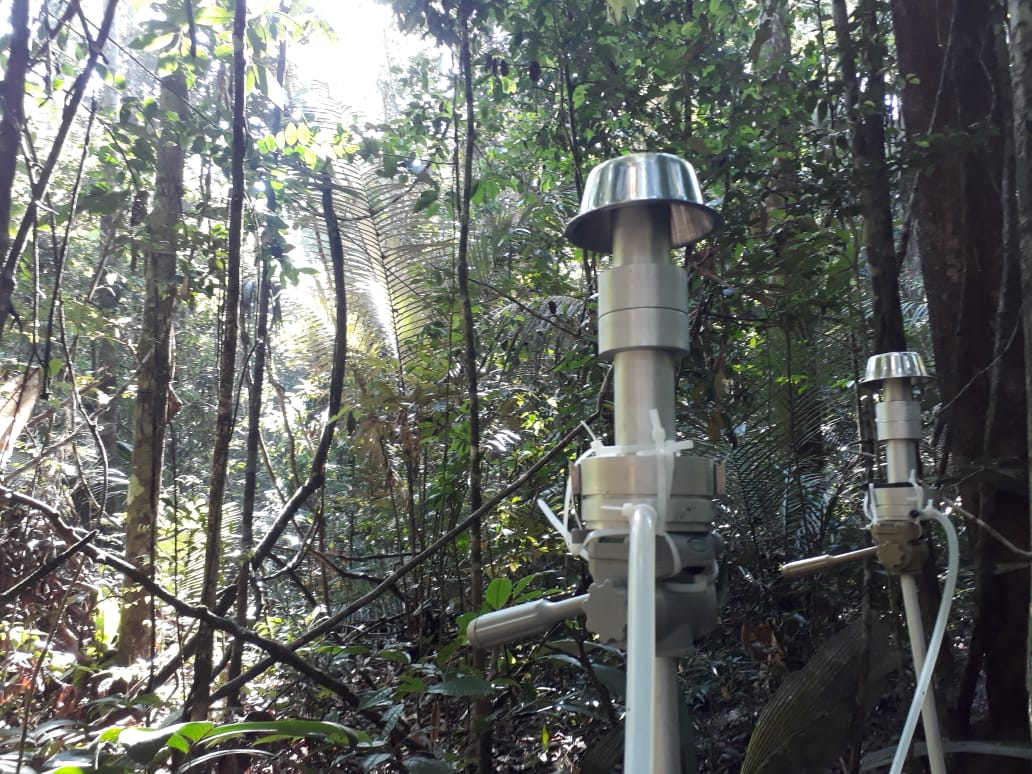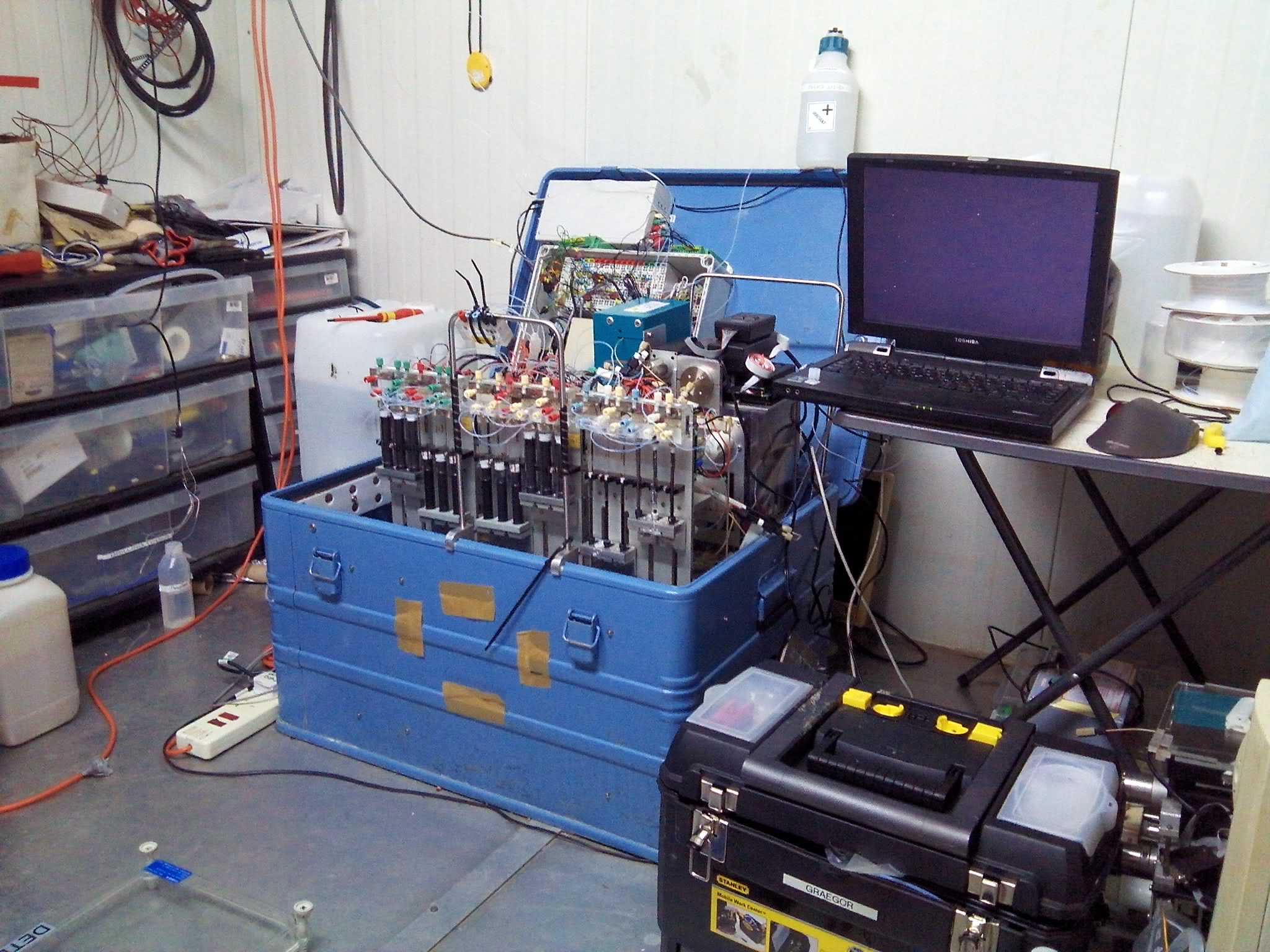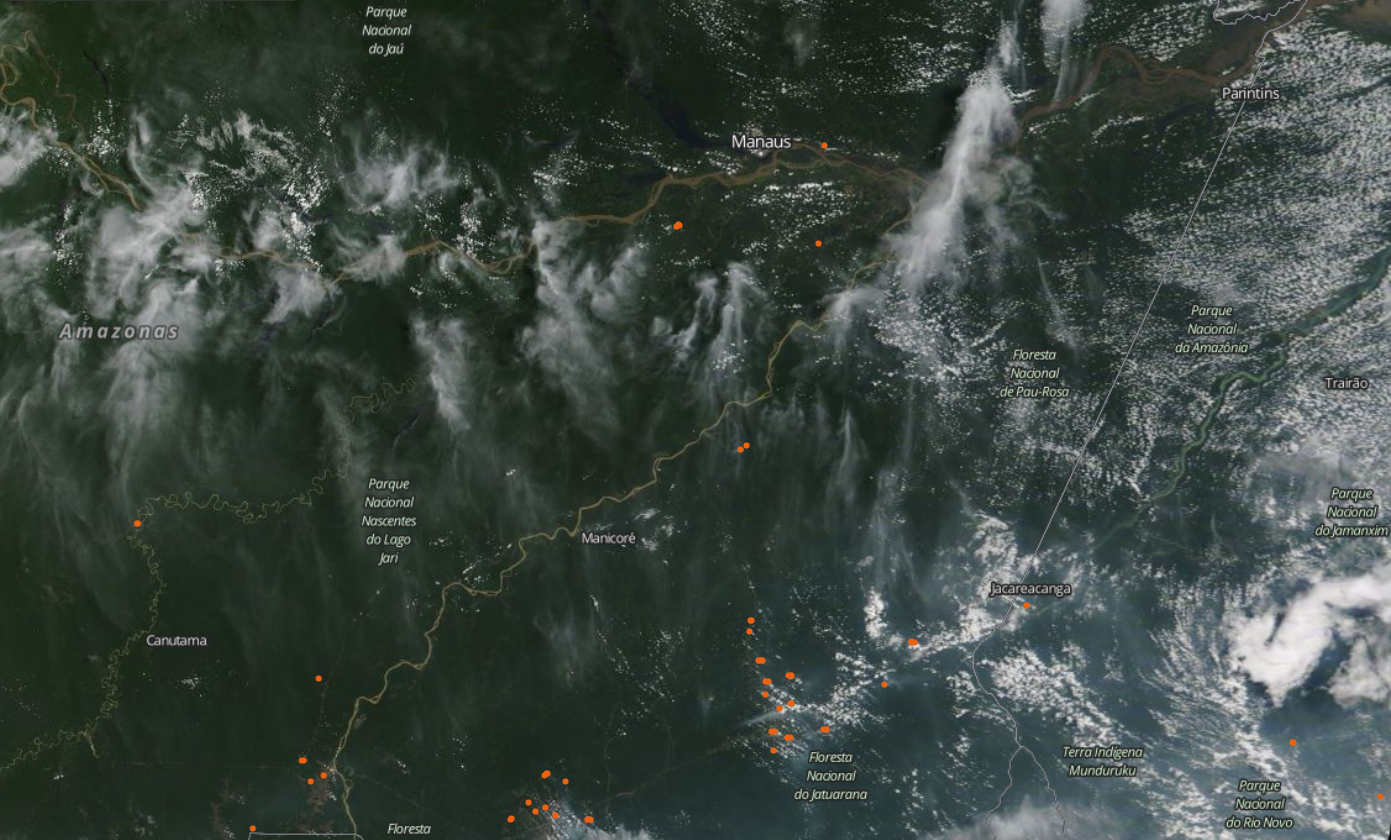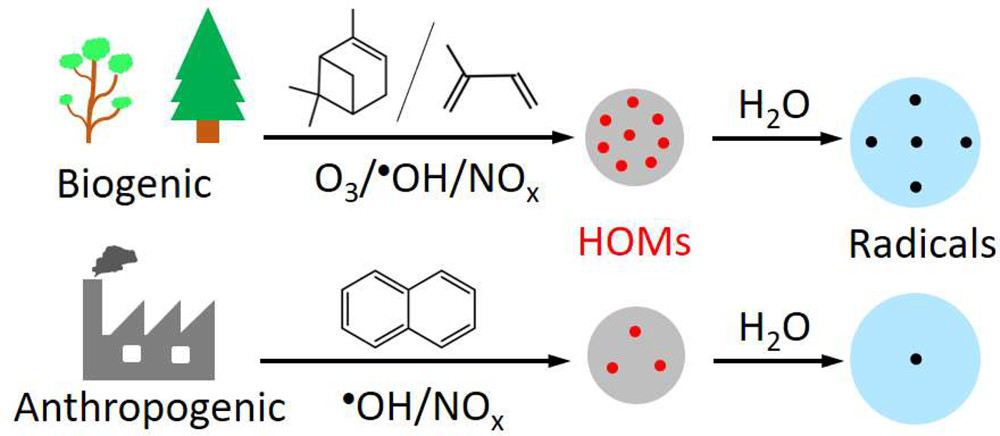It is well established that aerosols are relevant for the climate, for example, because they contribute to cloud formation. However, natural, biological aerosols emitted by plants serve another important purpose. They help disperse living microorganisms across the globe, affecting their distribution. Yet little is known about those bioaerosols emitted by pristine forests such as the Amazon. And even less about the diversity of the microorganisms in the aerosols.
Felipe Souza and co-authors now collected bioaerosols at our ATTO site. Then they extracted and analyzed the DNA to determine the communities present. This is the first study which described the community of microorganisms within aerosols in the Amazon. They found many different types of bacteria and fungi. Some were cosmopolitan taxa, but they also identified many that are specific to certain environments such as soil or water. This suggests that the atmosphere may act as an important gateway for bacteria to be exchanged between plants, soil, and water.
Their results also reveal that the main source for bioaerosols emitted from the Amazon rainforest are organisms that are known to disperse their spores through the atmosphere: fungi and bacteria. We know that these groups of organisms can produce enzymes and metabolites including antibiotics. Finding them in the vast jungle wilderness of the Amazon, however, is difficult. Analyzing forest aerosols may be a way to localize them for the potential use in biotechnological applications.
Souza et al. published this paper as a Short Communication in Science of the Total Environment.
Similar articles
More soot particles enter the central Amazon rainforest from brush fires in Africa than from regional fires at certain times.
Bioaerosols influence the dynamics of the biosphere underneath. In a new study, Sylvia Mota de Oliveira and her colleagues used the ATTO site to collect air samples at 300 m above the forest. Then, they used DNA sequencing to analyze the biological components that were present and figure out what species of plant or fungi they belong to. One of the most striking new insights is the stark contrast between the species composition in the near-pristine Amazonian atmosphere compared to urban areas.
In a new study, Marco A. Franco and his colleagues analyzed when and under what conditions aerosols grow to a size relevant for cloud formation. Such growth events are relatively rare in the Amazon rainforest and follow and pronounced diurnal and seasonal cycles. The majority take place during the daytime, and during the wet season. But the team also discovered a few remarkable exceptions.
It is long known that aerosols, directly and indirectly, affect clouds and precipitation. But very few studies have focused on the opposite: the question of how clouds modify aerosol properties. Therefore, Luiz Machado and his colleagues looked into this process at ATTO. Specifically, they studied how weather events influenced the size distribution of aerosol particles.
The Amazon rain forest plays a major role in global hydrological cycling. Biogenic aerosols, such as pollen, fungi, and spores likely influence the formation of clouds and precipitation. However, there are many different types of bioaerosols. The particles vary considerably in size, morphology, mixing state, as well as behavior like hygroscopicity (how much particles attract water) and metabolic activity. Therefore, it is likely that not only the amount of bioaerosols affects the hydrological cycle, but also the types of aerosols present.
Felipe Souza, Price Mathai and their co-authors published a new study analyzing the diverse bacterial population in the Amazonian atmosphere. The composition varied mainly with seasonal changes in temperature, relative humidity, and precipitation. On the other hand, they did not detect significant differences between the ground and canopy levels. They also identified bacterial species that participate in the nitrogen cycle.
Ramsay et al. measured inorganic trace gases such as ammonia and nitric acid and aerosols in the dry season at ATTO. They are to serve as baseline values for their concentration and fluxes in the atmosphere and are a first step in deciphering exchange processes of inorganic trace gases between the Amazon rainforest and the atmosphere.
Soot and other aerosols from biomass burning can influence regional and global weather and climate. Lixia Liu and her colleagues studied how this affects the Amazon Basin during the dry season. While there are many different interactions between biomass burning aerosols and climate, they found that they overall lead to fewer and weaker rain events in the Amazon rainforest.
In a new study, Dr. Haijie Tong and co-authors studied a subset of PM2.5, the so-called highly oxygenated molecules (HOMs) and its relationship with radical yield and aerosol oxidative potential. They analyzed fine particulate matter in the air in multiple locations. This including the highly polluted megacity Bejing and in the pristine rainforest at ATTO. They wanted to get insights into the chemical characteristic and evolutions of these HOM particles. In particular, they wanted to find out more about the potential of HOMs to form free radicals. These are highly reactive species with unpaired electrons.
Wu et al. collected and analyzed aerosols in two locations: the city of Manaus, a large urban area in Brazil, and the ATTO site in the heart of the forest. The aerosol compositions varied largly. At ATTO most aerosols were emitted by the forest itself, while in Manaus, anthropogenic aerosols were very common. The results were published in ACP.




